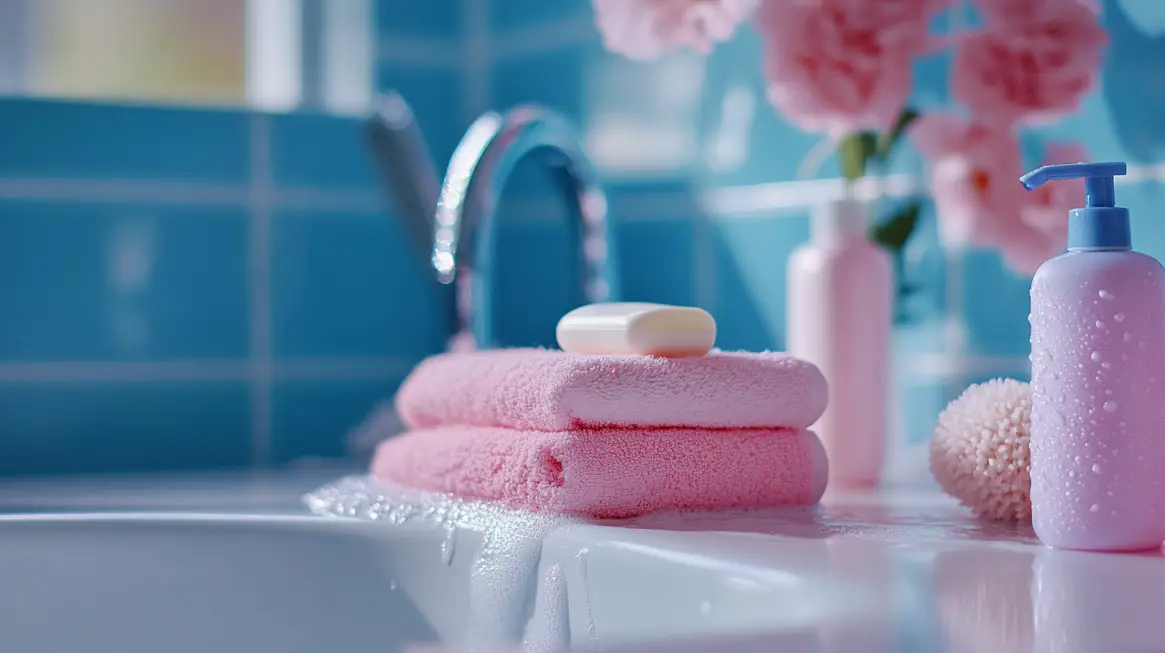Babies are born with immune systems that are still developing, making them more susceptible to illness.
Preventing early contact with harmful germs is one of the simplest ways to safeguard a child’s health.
With just a few consistent habits, any home can become a safer place for babies to grow, explore, and thrive.
Hygiene Basics at Home
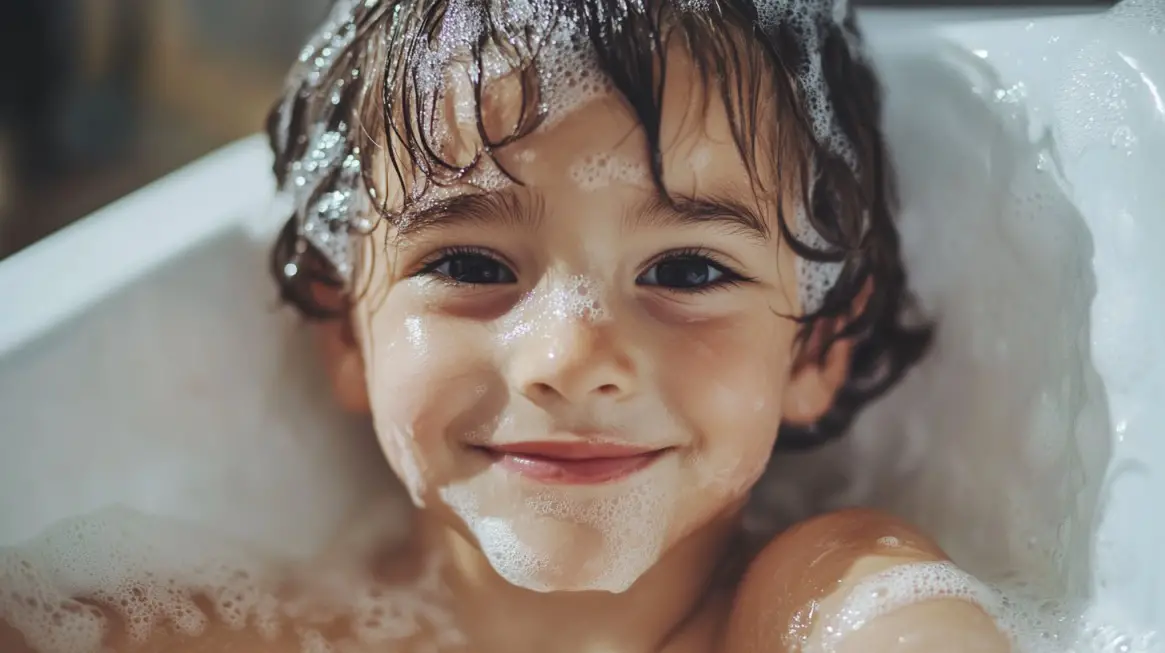
Keeping a home hygienic plays a major role in protecting babies during their most vulnerable months.
Because infants put nearly everything in their mouths, even minor lapses in cleanliness can lead to unnecessary illness.
Creating daily habits around handwashing and surface cleaning sets a strong foundation for keeping your baby safe.
- Hand hygiene for everyone in the household
- Consistent cleaning of surfaces and objects
Handwashing Rules for All
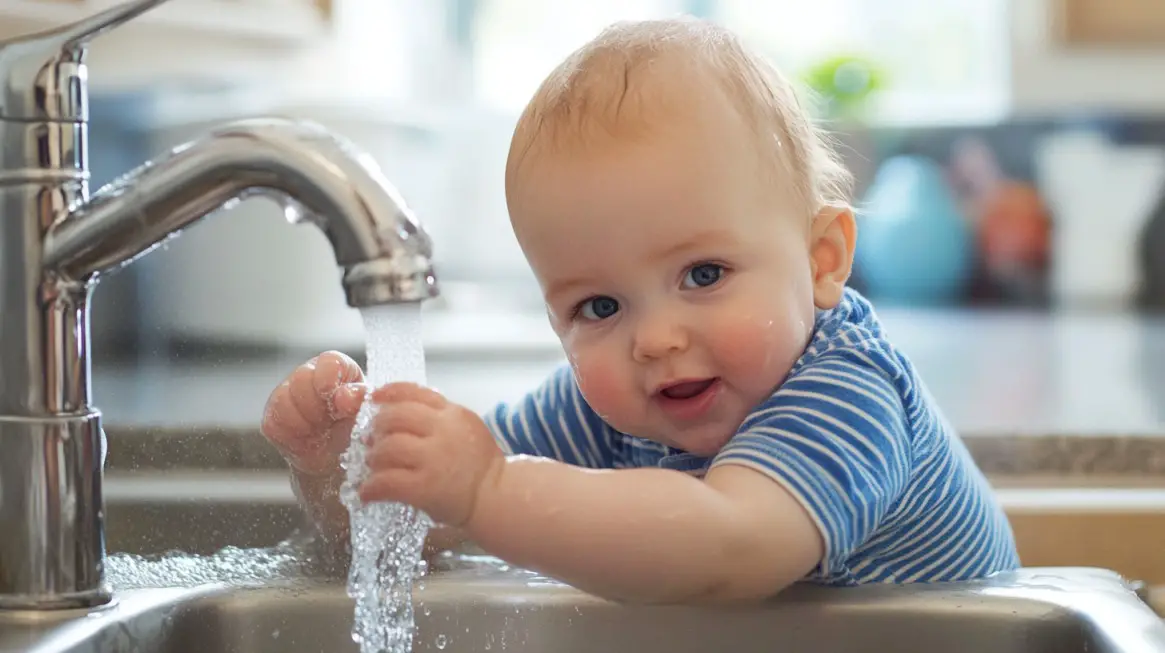
Hands carry more bacteria than most realize, and they’re usually the first point of contact between adults and babies.
Every caregiver, sibling, or guest should treat handwashing like a mandatory ritual.
- Before feeding the baby
- After every diaper change
- After coming in from outside
- After touching pets or pet food
- Before handling pacifiers, bottles, or toys
Soap and warm water work best for removing bacteria, especially when scrubbing for at least 20 seconds.
In situations where a sink isn’t available, alcohol-based hand sanitizers should be used as a backup. Choose options without added fragrance or dyes, and store them in places babies can’t access.
- Place baby-safe hand sanitizer bottles near the front door, kitchen, and nursery
- Remind guests to clean their hands upon arrival
- Teach older kids to scrub their hands like they’re getting ready for surgery
Surface & Object Cleanliness
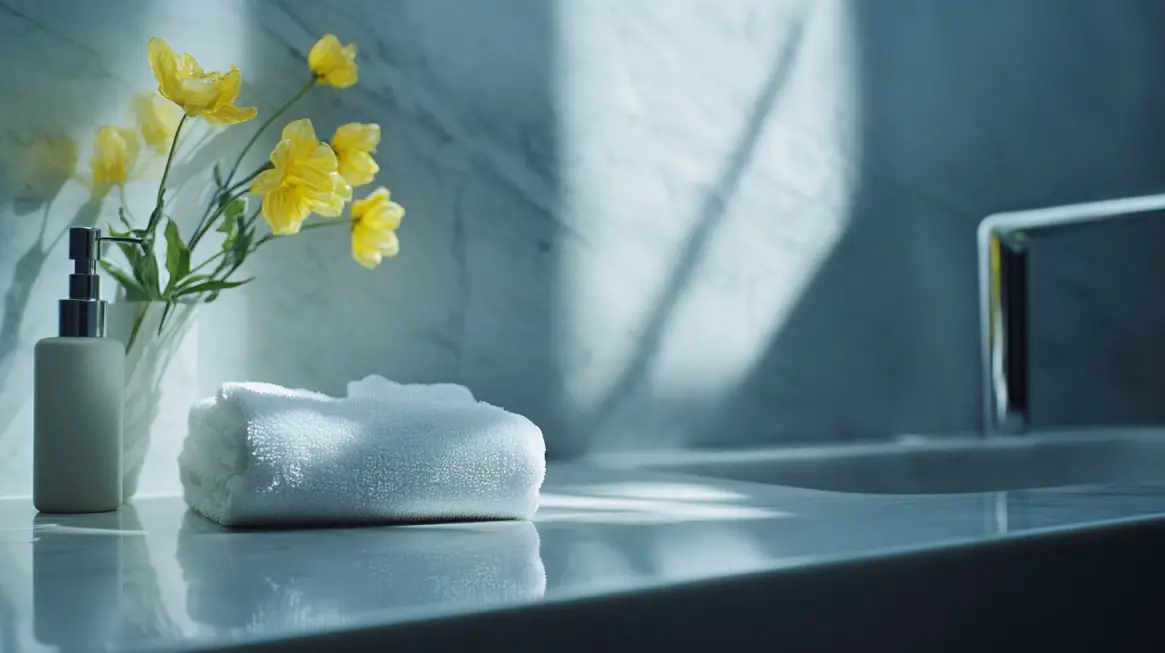
Surfaces that get touched often can become breeding grounds for bacteria.
Routine cleaning isn’t just about making things look nice, it reduces the risk of transmission through objects babies interact with daily.
- Light switches and door handles
- Countertops and kitchen tables
- Remote controls, phones, and drawer pulls
- Stroller handles, crib rails, and changing stations
Use non-toxic, baby-safe cleaning products or diluted vinegar solutions to keep surfaces sanitary without harmful chemicals.
- Baby toys and teething rings
- High chair trays and feeding utensils
- Pacifiers and bottle nipples
- Car seat buckles and straps
Pets may add love to the household, but their food bowls, litter boxes, and toys should stay far from baby zones.
If you need something to help you with sterilization, be sure to see how products like those made by Grownsy can be of help.
Designating specific pet-free areas makes it easier to maintain hygiene where it matters most.
Limiting Exposure from Visitors
Babies need love, but not every guest needs to visit in those early weeks. Friends and family often rush to meet the new arrival, sometimes ignoring signs of illness in their eagerness.
A simple runny nose or a mild cough could spell trouble for a newborn with little immunity.
Clear boundaries help avoid awkward situations. Anyone showing symptoms of a cold, flu, or other infection should delay their visit.
Even healthy guests must follow basic hygiene steps before holding the baby. That means washing hands thoroughly and respecting physical boundaries.
Vaccinations matter too. Babies are especially vulnerable to diseases like whooping cough, which can be fatal at such a young age. Visitors should be up to date on key vaccines before entering the home.
Winter months bring an increase in respiratory viruses, making it even more important to limit traffic through the house. Shorter visits, fewer guests, and firm ground rules can keep everyone safer.
- No visits from people with any signs of illness
- Required handwashing before baby contact
- No face-touching or kissing the baby
- Only allow vaccinated individuals near the baby
- Limit visitors during flu and cold seasons
Outings and Travel Safety
Taking a newborn out too soon increases the chance of contact with bacteria and viruses.
Waiting a few weeks before unnecessary outings allows time for vaccinations and stronger immune function. Trips should be purposeful, doctor’s visits, essential errands, or emergency needs.
Weather conditions add another layer of concern. Babies lose body heat faster than adults and need to be bundled appropriately in cooler temperatures. Trips in the cold demand planning, not improvisation.
Supplies in the diaper bag should be more than just diapers and wipes. Parents should include extras that focus on hygiene and comfort. A little extra preparation helps avoid using contaminated items when on the go.
- Avoid non-essential outings in the early weeks
- Dress baby in layers, with a hat and mittens in cold weather
- Use blankets to shield baby during outdoor movement
- Pack multiple pacifiers in case one falls
- Include hand wipes and travel-sized sanitizers in the diaper bag
Clean Air & Home Environment
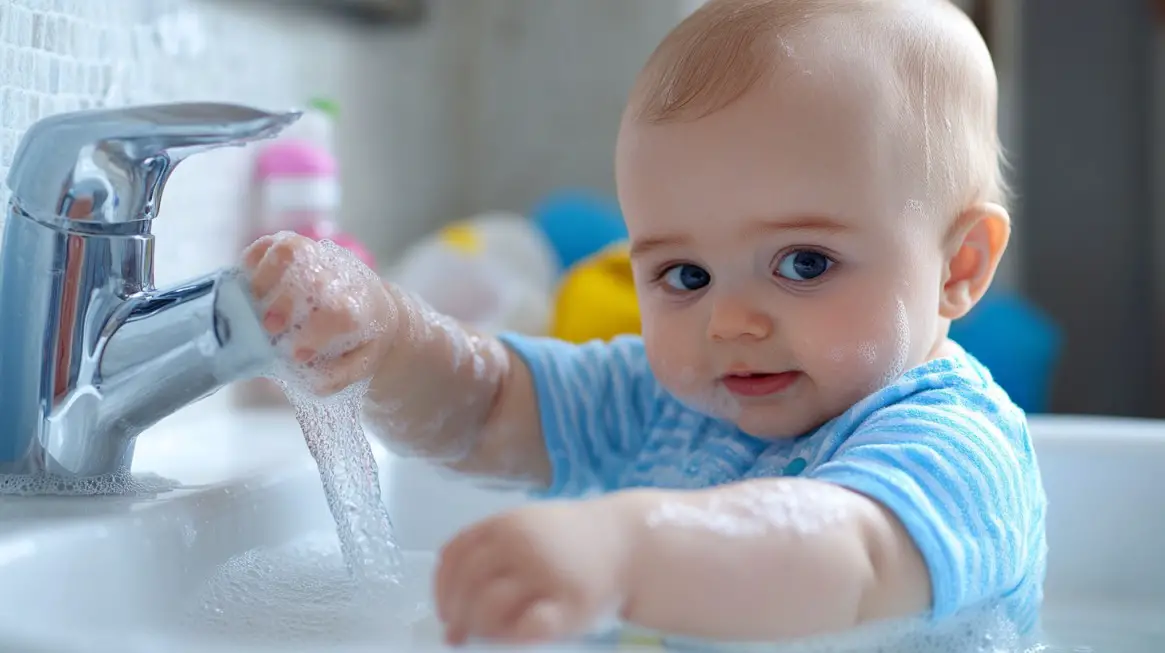
Fresh air and a tidy space help reduce the presence of harmful airborne particles and bacteria. Poor ventilation can lead to stale, germ-filled air lingering indoors.
Brief but consistent ventilation, about 10 minutes a day, is usually enough to refresh the room and remove irritants.
Humidity affects more than comfort, it impacts how easily viruses survive and spread. Dry air can cause skin irritation and breathing issues in newborns.
A humidifier can regulate moisture, while air purifiers remove allergens, dust, and invisible pollutants.
Messy rooms are harder to clean and attract more dust and germs. An organized home doesn’t just look better, it supports safer conditions. Clearing out unnecessary clutter helps make regular cleaning more effective.
- Open windows for 10 minutes daily to circulate fresh air
- Use a humidifier to keep air at a baby-friendly moisture level
- Place an air purifier in the nursery for cleaner breathing
- Keep rooms clutter-free for easier disinfection
- Store baby gear neatly and rotate out unused items regularly
The Bottom Line
Creating a healthy space doesn’t mean living in fear of every germ. Balance is key, some exposure can help babies build immunity.
Occasional colds or sniffles happen and are often part of growing up.
Staying calm, informed, and consistent with hygiene practices sets a strong foundation for a baby’s well-being without turning everyday care into an overwhelming routine.
For more parenting tips and more, visit wikibiography.in.
My name is Darinka Aleksic. I am employed at Shantel.co as a Corporate Planning Manager. Although this job requires a lot of time and effort, I manage to do other things as well. For many years now, I have been successfully working as a tennis coach, where working with children makes me feel young again. Besides all this, I love cooking and look forward to the opportunity to host my friends and prepare something nice for them.

